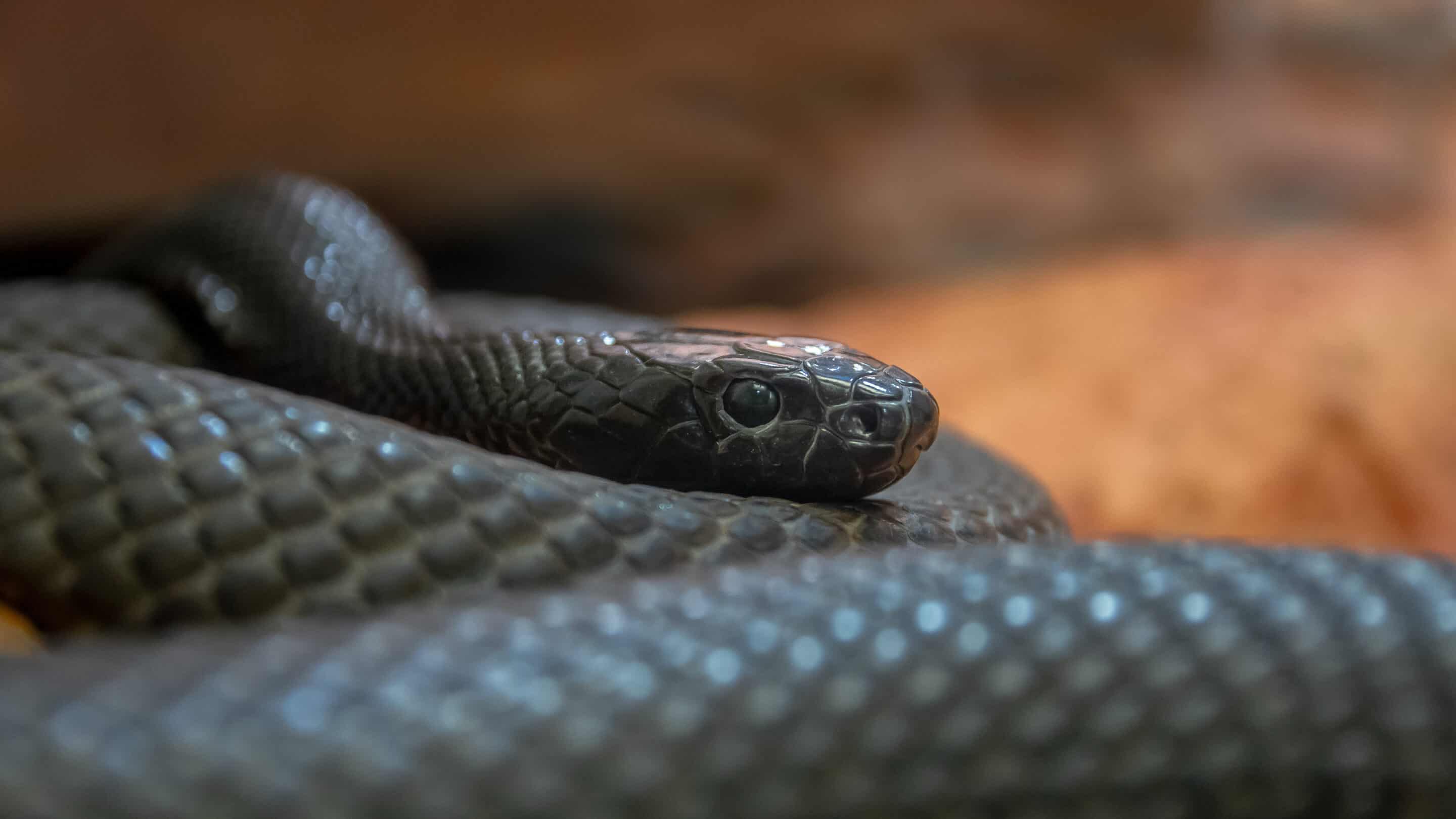Introduction
When it pertains to the remarkable globe of serpents, couple of types catch the creative imagination fairly like the child tiger snake. Known for their distinctive coloration and powerful venom, these serpents are an important component of Australia's one-of-a-kind environment. In this extensive short article, we will look into different facets of child tiger serpents, including their actions, habitat, and exactly how to safely communicate with them. Whether you're a wildlife lover or merely curious about these creatures, recognizing baby tiger snakes can aid promote a deeper admiration for nature.
Baby Tiger Snakes: What You Required to Learn About Their Behavior and Habitat
What Are Child Tiger Snakes?
Baby tiger snakes are adolescent types of the highly poisonous varieties known clinically as Notechis scutatus These serpents are mainly located in seaside regions of Australia, specifically in Tasmania and southern Victoria. As they grow, their coloration adjustments from an extra soft palette to the characteristic yellow and black bands that Habitat locations of Australia’s most venomous snakes give them their name.
One significant aspect of infant tiger serpents is their dimension; hatchlings generally measure around 25-30 cm in size. Regardless of their small stature, they are yellow faced whip snakes venomous have a shocking amount of venom that can be damaging to human beings if bitten.
Physical Characteristics
Tiger serpents have numerous vital physical traits:
- Coloration: The distinct banding pattern often becomes much more pronounced as they mature. Size: Adults can get to sizes of approximately 2 meters. Body Shape: They have a robust body that assists in swimming and earthbound movement.
Where Do Infant Tiger Snakes Live? Understanding Their Habitat
Understanding the habitat choices of infant tiger snakes is important for both conservation efforts and public security. These snakes flourish in numerous atmospheres:
- Wetlands: Marshes and swamps offer sufficient searching grounds. Coastal Regions: Frequently discovered near beaches where they can quest for prey. Woodlands: Thick greenery supplies cover from predators.
Geographical Distribution
Tiger snakes are primarily discovered along Australia's southern coastline, consisting of:

- Tasmania: Home to among one of the most infamous populations. Victoria: Particularly in areas near water bodies.
Are Tiger Snakes Venomous? A Deep Dive into Their Venom
One usual concern emerges when discussing infant tiger serpents: "Are tiger serpents venomous?" The answer is an unquestionable yes!
Venom Composition
The poison of tiger snakes has neurotoxins that can cause paralysis, coagulopathy (blood clotting problems), and possibly fatality if neglected. Below's what you require to know:
- Effects on Humans: An attack from a tiger snake can lead to symptoms like swelling, pain at the bite website, nausea or vomiting, and also respiratory failure.
Comparison with Various other Poisonous Snakes
In comparison to other Australian serpents such as the eastern brown snake or king brown snake, tiger serpent poison is taken into consideration among one of the most potent. Nonetheless, deaths are rare due to improved clinical treatments and access to antivenom.
Behavioral Patterns of Infant Tiger Snakes
Understanding exactly how infant tiger snakes act is vital for those who reside in or see locations where these reptiles are prevalent.

Nocturnal Habits
Most baby tiger serpents exhibit nighttime behavior. They tend to forage for food during cooler evening temperature levels. This adaptability assists them stay clear of predators while enhancing their searching efficiency.
Hunting Techniques
Their searching methods include:
- Ambush Predation: Waiting inactive until victim comes close. Active Foraging: Proactively relocating through plant life or along rivers in search of food.
First Aid for Snake Bites: What You Must Know
Despite being remarkable animals, encounters with child tiger snakes can result in hazardous situations if bites happen. Recognizing emergency treatment procedures can conserve lives.
Immediate Tips After a Bite
Remain tranquility; panic enhances heart rate. Immobilize the influenced limb utilizing a splint or bandage. Seek instant medical attention-- antivenom might be necessary.Creating a Serpent Bite Emergency Treatment Kit
A well-prepared emergency treatment package should include:
|Thing|Purpose|| ------------------------------|--------------------------------------|| Compression plaster|To incapacitate the limb|| Splint|Maintains busted bones or joints|| Antihistamines|Alleviates allergic reactions|| Emergency call numbers|Quick gain access to during emergencies|
Common Myths About Tiger Snakes Debunked
Many myths surround these appealing reptiles; let's clear up some false impressions frequently held by people.
Myth # 1: All Tiger Snakes Are Aggressive
While some people might show protective habits when threatened, not all tiger snakes screen aggression in the direction of people unless provoked.

Myth # 2: Baby Tiger Snakes Are Less Dangerous Than Adults
This misconception could not be better from the truth! Baby tiger serpents have nearly as much venom as grownups about their dimension; thus they present substantial dangers if bitten.
FAQs Regarding Child Tiger Snakes
What do baby tiger snakes eat?- They primarily eat little mammals, birds, frogs, and fish.
- Look for slender bodies with pale banding patterns that come to be extra obvious as they mature.
- Yes! Birds of target and bigger reptiles may target them.
- Typically every couple of weeks as they proliferate throughout their early life stages.
- While some people do maintain them illegally without permits because of their hazardous nature; it's generally not recommended provided their venomous status.
- With prompt medical therapy-- consisting of antivenom-- the survival price is high!
Conclusion
In summary, recognizing infant tiger serpents-- what they consume, where they live, how they act-- can equip us with valuable expertise regarding these amazing yet dangerous animals. The value of education and learning surrounding first aid steps can not be overemphasized; understanding just how to react successfully after a bite can conserve lives while fostering respect for our slithering neighbors within Australia's rich biodiversity spectrum.
By appreciating these serpents' duties within ecological communities-- and acknowledging possible threats-- we promote conjunction instead of fear-based reactions toward each other's presence in nature's grand tapestry! Whether you're an avid walker Hoop Snake pondering your next journey or simply interested regarding neighborhood wildlife encounters near home-- this overview serves as your trusted recommendation point on the enigmatic globe populated by our pals-- the stunning baby tiger snake!